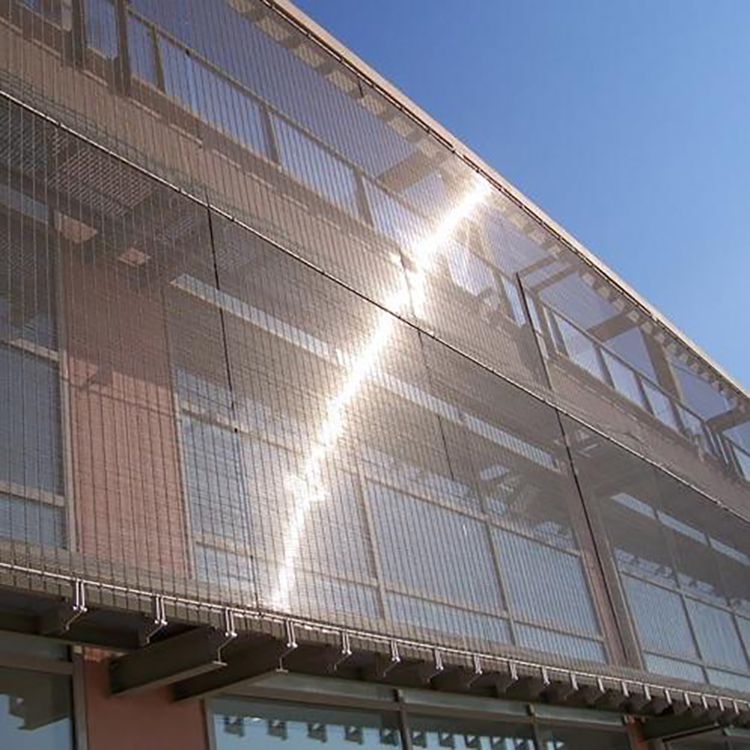As an emerging material in modern architecture and interior design, decorative mesh is increasingly favored by designers and consumers. Decorative mesh not only has a unique visual effect, but also provides a variety of practical functions, becoming an important element to enhance the aesthetics of the space. This article will discuss the application of decorative mesh and its advantages.
I. Definition of Decorative Mesh
Decorative mesh is a mesh structure made of metal or non-metallic materials, which is widely used in the field of building facade, indoor partition, landscape design and so on. Common materials include stainless steel, aluminum alloy, fiberglass, etc., with a variety of design styles, suitable for a variety of environments.
Second, the application areas of decorative mesh
Building facade
Decorative mesh can be used for the decoration of the building facade to increase the sense of hierarchy and visual impact of the building. Through different shapes and materials, designers can create a unique appearance and enhance the beauty and personality of the building.

Interior Design
In the interior, decorative meshes are commonly used for partitions, ceilings and wall decorations. They not only separate spaces, but also maintain a sense of permeability, making the interior environment more open and spacious.
Landscape Design
In landscape design, decorative mesh can be used for fences, planters and shade facilities to add beauty and functionality to outdoor spaces. They can blend with the natural environment to create a harmonious visual effect.
III. Advantages of Decorative Mesh
Aesthetics
Decorative mesh has a variety of designs that can meet the needs of different styles. Whether it is modern minimalist, retro classic, or industrial style, decorative mesh can be easily integrated, adding a sense of art to the space.
Light transmission and transparency
The structure of the decorative mesh gives it good light transmission, which can effectively regulate the indoor light and increase the brightness of the space. At the same time, its translucent nature does not oppress the vision, making it suitable for small spaces.

Durability
Decorative meshes made of metal materials are usually highly durable and corrosion-resistant, suitable for a variety of climatic conditions. Proper maintenance can extend its service life.
Environmentally Friendly
With the increase of environmental awareness, many decorative mesh products use renewable materials, which is in line with the concept of sustainable development and reduces the impact on the environment.
IV. Summary
As a multifunctional building material, decorative mesh is being recognized by more and more designers and consumers for its unique aesthetics and practicality. Whether in building facades or interior spaces, decorative mesh can bring new inspirations and possibilities for design. Choosing the right decorative mesh not only enhances the overall aesthetics of a space, but also provides a more comfortable environmental experience for users.
If you are considering using decorative mesh in your project, learn more about the different materials and design options available to find the best fit for you.